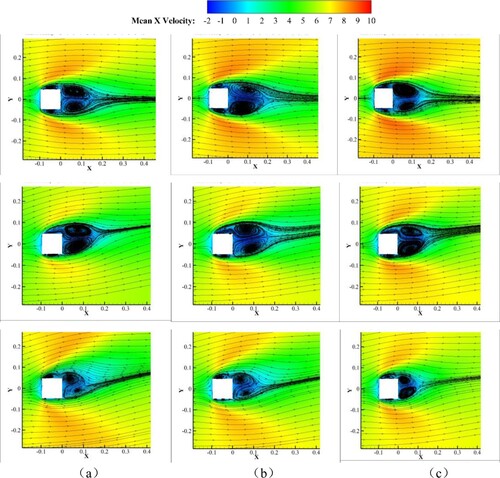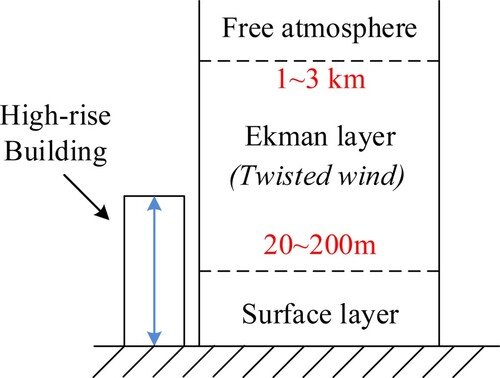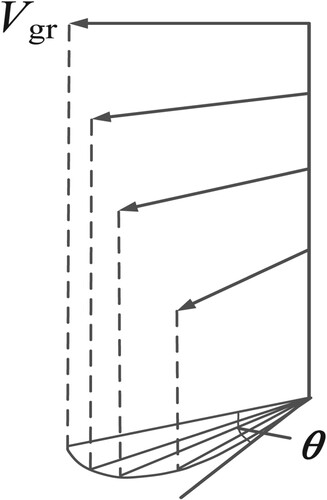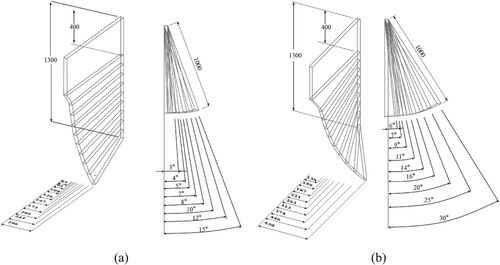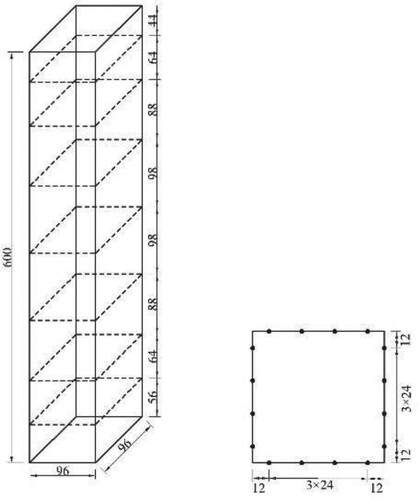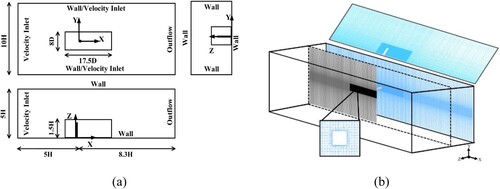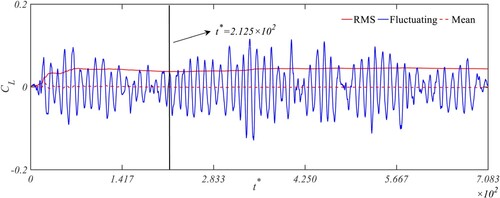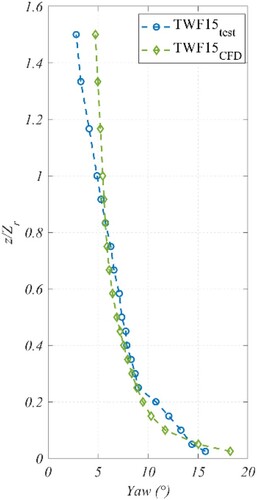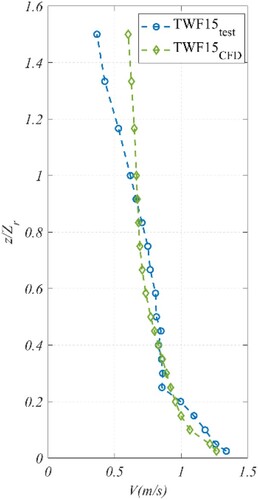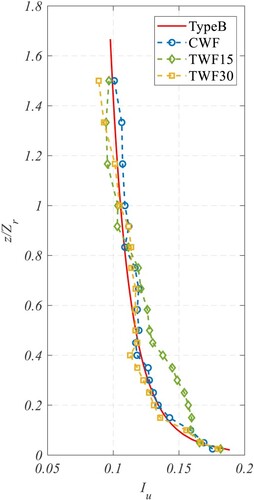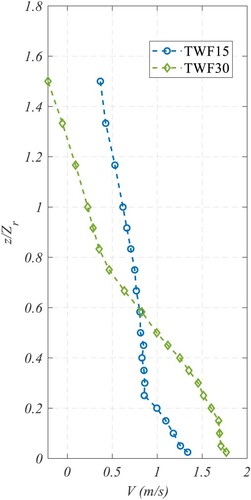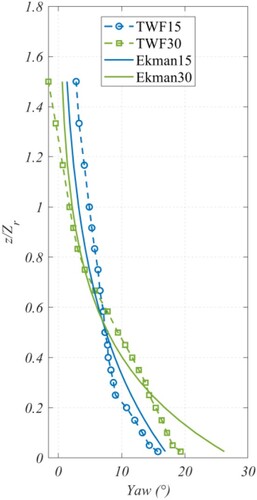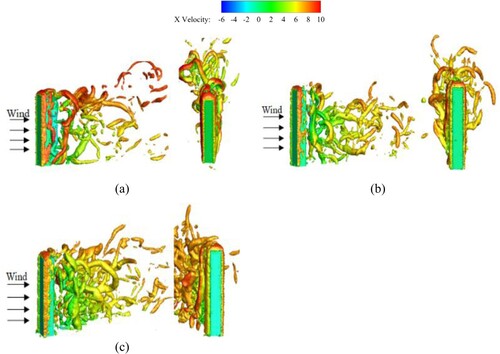Figures & data
Figure 5. (a) A schematic diagram of the wind tunnel layout (unit: m); (b) Photo footage of the apparatus setup.
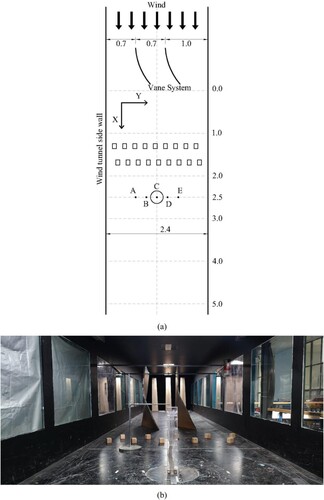
Table 1. LES solution condition setting.
Figure 10. Comparison of mean wind profiles at different locations under different wind fields: (a) CWF (b) TWF15; (c) TWF30.
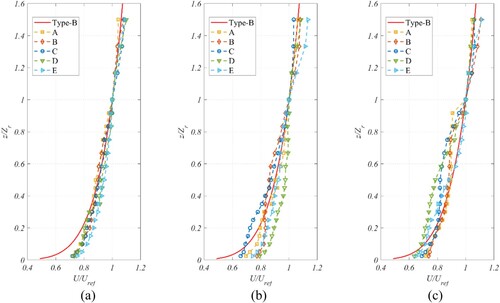
Figure 11. Comparison of the streamwise velocity and turbulence intensity profiles between the CWF and theoretical curve of GB50009-2012.
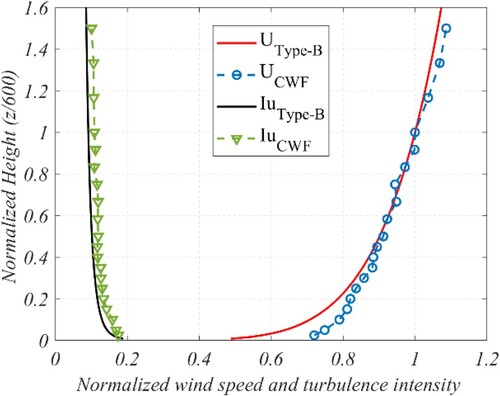
Figure 12. Comparison of the streamwise velocity and turbulence intensity profiles between (a) TWF15 and (b) TWF30 and the corresponding CWF.

Figure 13. Comparison of the streamwise velocity and turbulence intensity profiles between wind tunnel test and CFD simulation for TWF15.
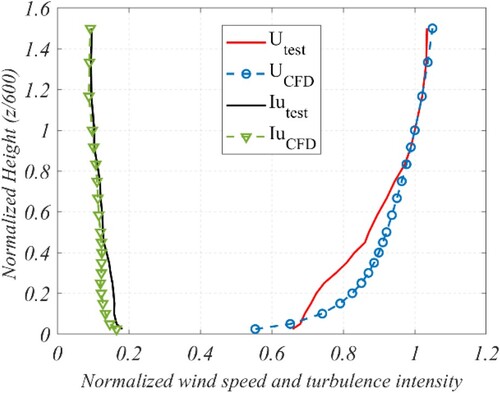
Figure 16. Comparison of the mean wind pressure coefficient between wind tunnel test and CFD under TWF15.
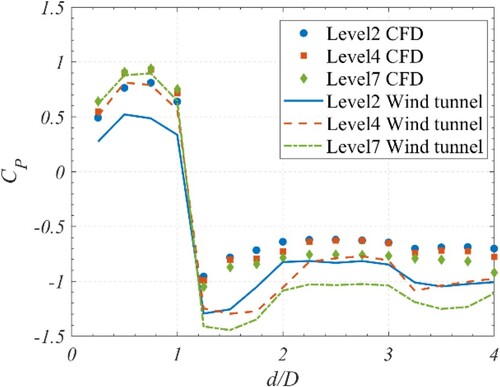
Figure 20. Fluctuating wind speed spectrum at structure height H, (a) downwind fluctuating spectrum and (b) crosswind fluctuating spectrum
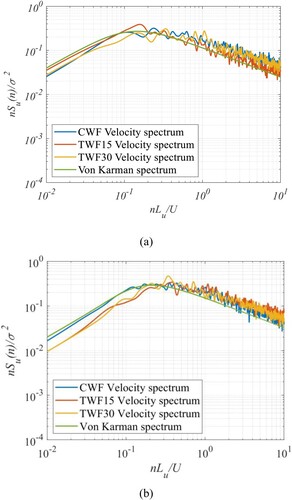
Figure 21. Comparison of average wind pressure coefficient distribution of isolated tall buildings under CWF and TWF.
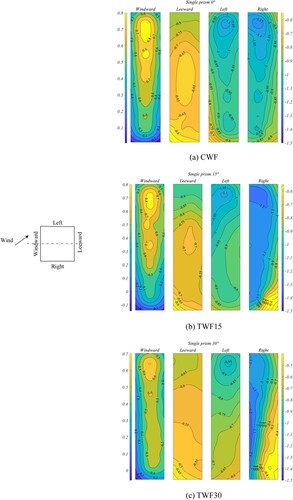
Figure 22. Comparisons of lift spectra of (a) CWF; (b) TWF15; (c) TWF30 at Levels 1, 4, and 7; comparisons of lift spectra of (d) Level 1; (e) Level4; (f) Level 7 under CWF, TWF15, and TWF30.
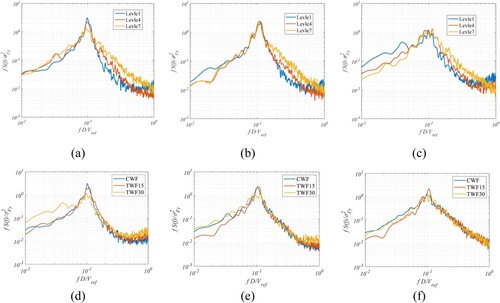
Figure 23. Comparisons of drag spectra of (a) CWF; (b) TWF15; (c) TWF30 at Levels 1, 4, and 7; comparisons of drag spectra of (d) Level 1; (e) Level4; (f) Level 7 under CWF, TWF15, and TWF30.

Figure 24. High-rise building sectional RMS force coefficient: (a) RMS lift coefficient; (b) RMS drag coefficient.
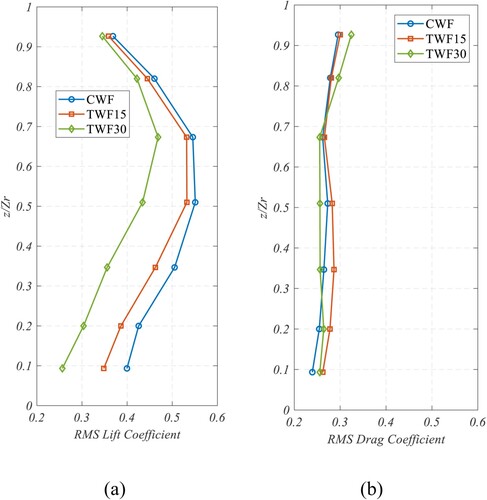
Figure 25. Streamline at different heights of building in CWF, TWF15, and TWF30: (a) Z = 0.1 m; (b) Z = 0.3 m; (c) Z = 0.5 m.
